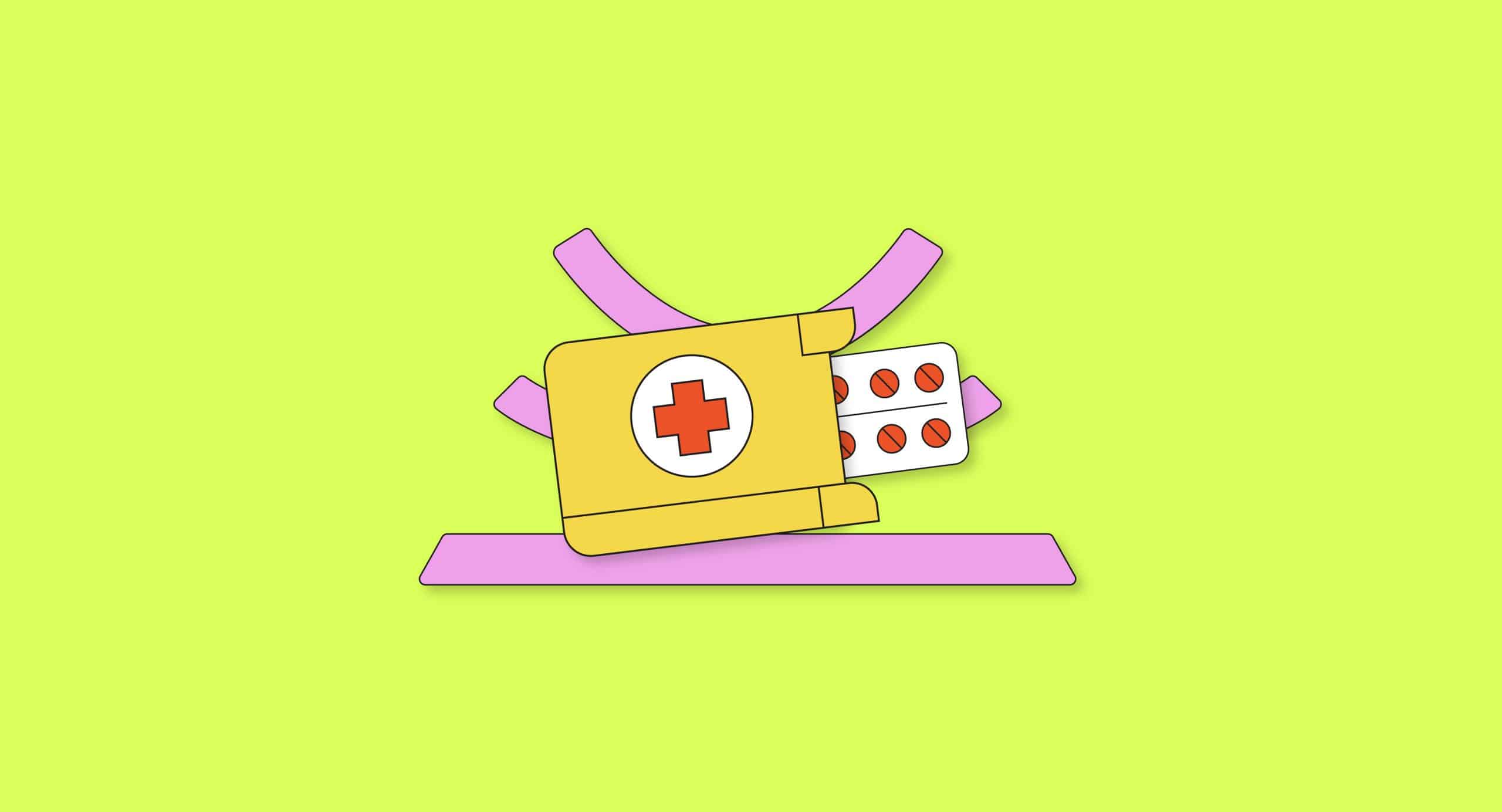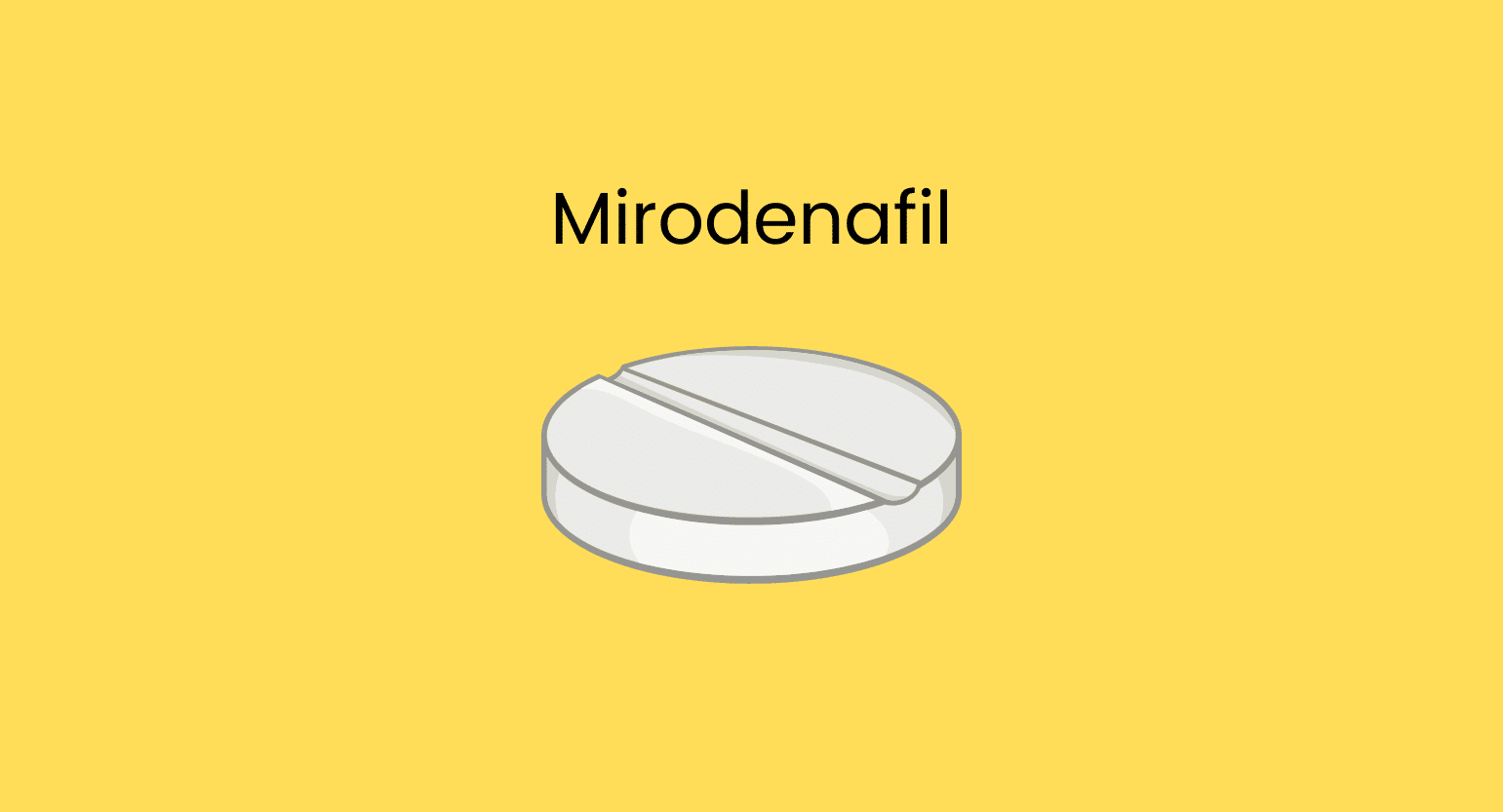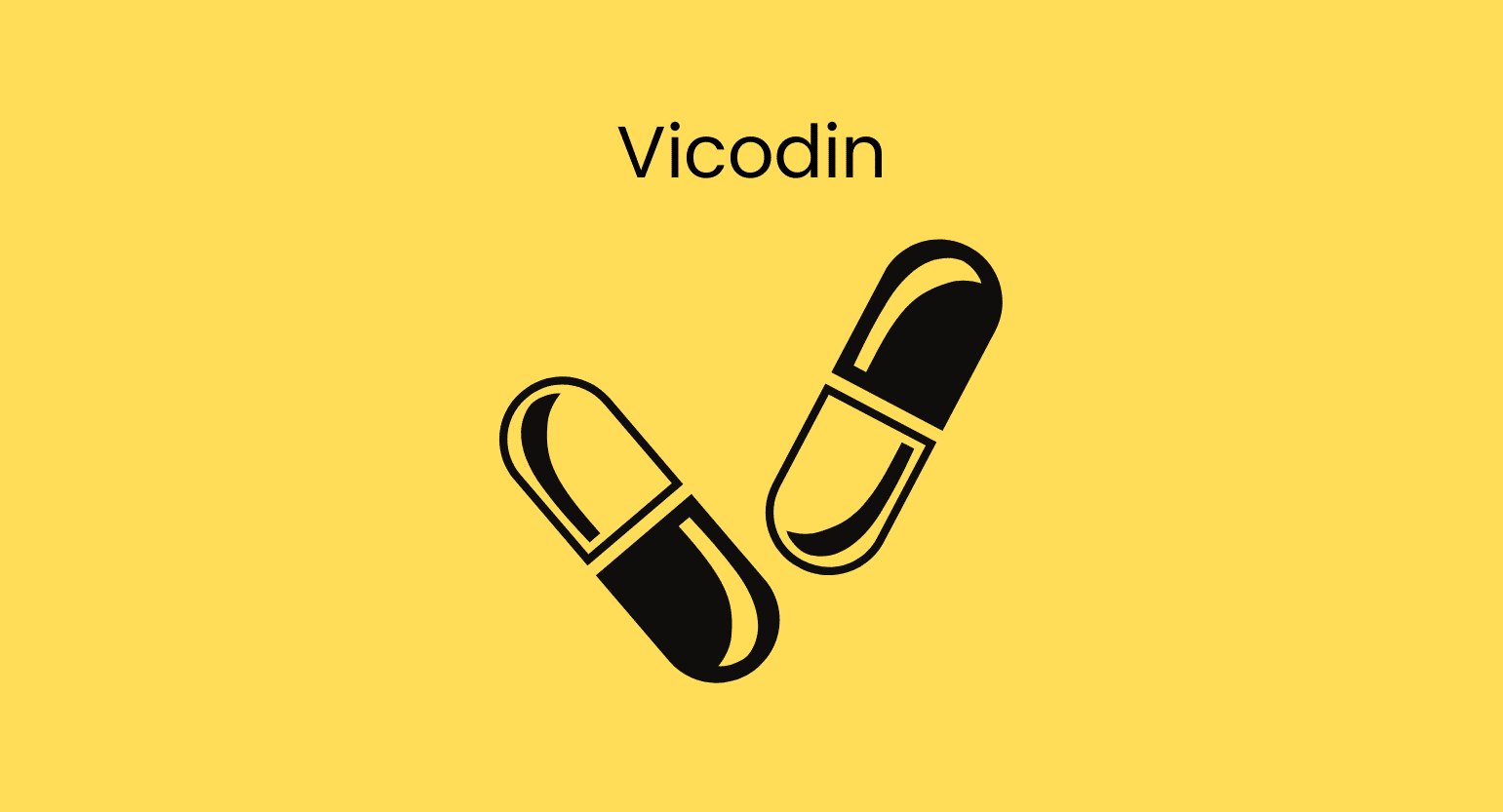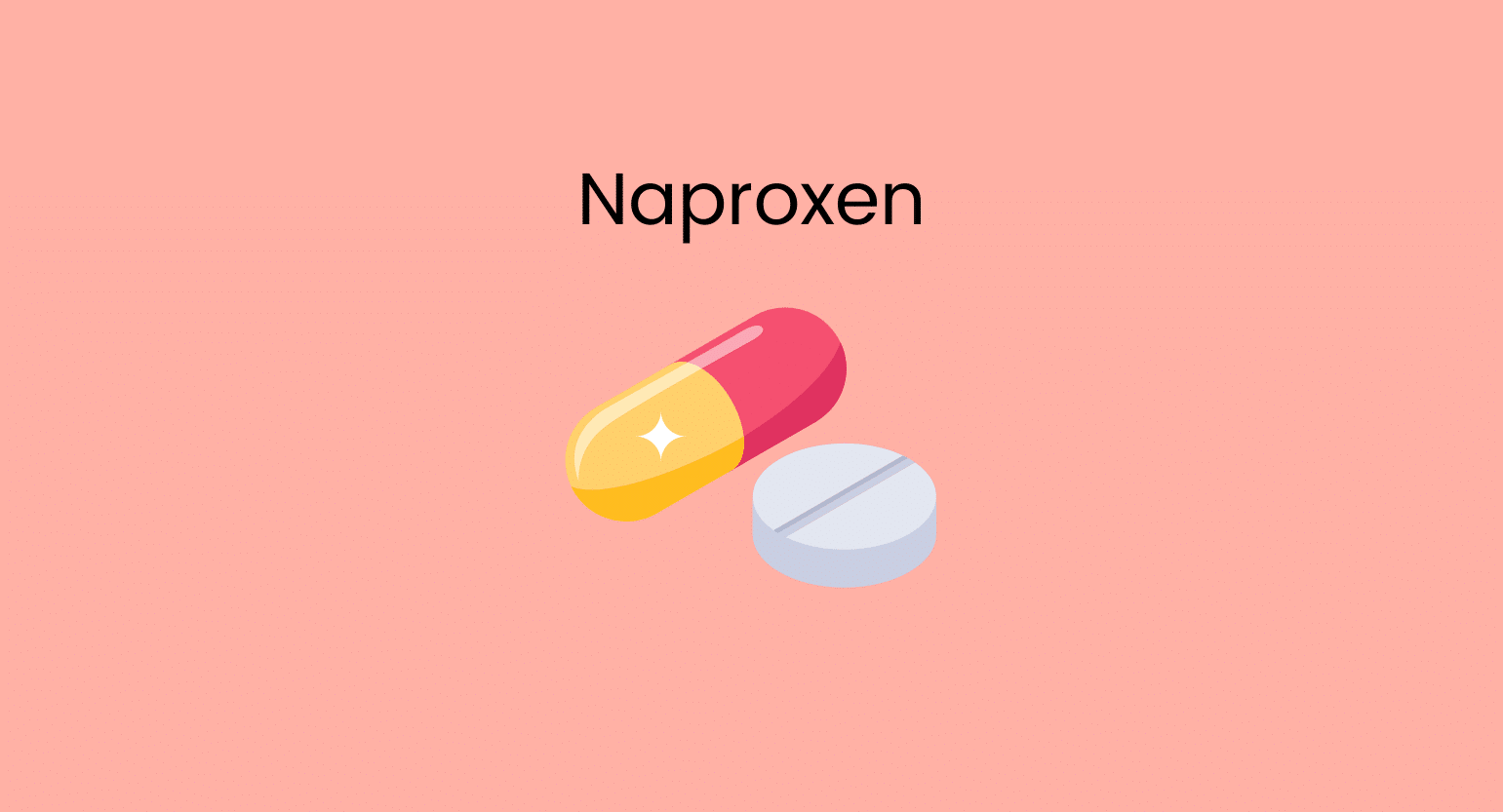Does Kratom Interact With Amitriptyline?
Yes, kratom and amitriptyline (Elavil) have a high chance of interacting negatively together.
Elavil alone already has a high chance of causing negative side effects; when used alongside kratom, the risk is multiplied.
The primary concern is a higher risk of manic symptoms or fatigue. Everybody reacts to tricyclic antidepressants differently, and the side effects can be severe. Throwing kratom in the mix, which also has an impact on similar receptors, could cause an exaggeration of the side effects of the antidepressant. Suicidal thoughts, libido loss, headaches, insomnia or hypersomnia, and other side effects are all possible.
In general, it’s wise to avoid using kratom if you use tricyclic antidepressants unless you’ve discussed it directly with your prescribing doctor.
Kratom may also reduce the capacity of your liver to process amitriptyline. Many of the active alkaloids in kratom are metabolized by the CYP3A4 enzymes, which are also responsible for metabolizing amitriptyline. Taking both together could cause a slower metabolism of both substances, leading to elevated levels in the bloodstream.
Repeated use could cause one or both of these substances to reach toxic levels, causing side effects like nausea, dizziness, high blood pressure, insomnia, and much more.
Kratom & Tricyclic Antidepressants: Drug Interactions
Amitriptyline is classified as a tricyclic antidepressant [4]. This is an older generation of antidepressants that don’t see as much use as more modern SSRIs (selective serotonin reuptake inhibitors) and SNRIs (serotonin and norepinephrine reuptake inhibitors).
Kratom interacts with all tricyclic antidepressants similarly and poses a similar level of risk. It’s wise to avoid taking kratom if you’ve been prescribed tricyclic medications without first speaking with your doctor.
Other tricyclic antidepressant drugs that interact with kratom include:
- Amoxapine
- Desipramine
- Doxepin
- Imipramine
- Nortriptyline
- Protriptyline
- Trimipramine

Is It Safe To Take Kratom With Amitriptyline?
No, taking kratom with amitriptyline is not considered safe. This combination should be avoided unless under specific guidance from your prescribing doctor.
This combination may lead to lethal side effects like arrhythmia, stroke, coma, and death. The risk increases with higher doses or frequent use of both compounds together.
What Is Amitriptyline?
Amitriptyline is a tertiary amine. It belongs to tricyclic antidepressants and acts by blocking the reuptake of both serotonin and norepinephrine neurotransmitters.
Amitriptyline increases noradrenergic or serotonergic transmission by blocking noradrenaline and serotonin transport at the presynaptic terminal [5]. It’s mainly used for treating depression and stress disorders. The chronic treatment produces long-lasting changes in the transmission of these neurotransmitters due to the desensitization of presynaptic autoreceptors.
Amitriptyline treats anxiety, depression, insomnia, and several stress disorders. Like other antidepressants, the onset of therapeutic action of amitriptyline begins after 2 to 4 weeks.
Amitriptyline Specs:

| Drug Name | Amitriptyline |
| Trade Name | Elavil, Vanatrip |
| Classification | Tricyclic antidepressants |
| CYP metabolism | CYP3A4 |
| Interaction With Kratom | Agonistic and metabolic competition |
| Risk Of Interaction | Moderate to severe |
What Is Amitriptyline Used for?
Amitriptyline has several clinical indications. Some of the crucial indications of amitriptyline are:
Chronic Fatigue Syndrome
Amitriptyline inhibits the release of pro-inflammatory molecules from mast cells and has an important role in chronic fatigue syndrome-related pain.
Fibromyalgia
Fibromyalgia is characterized by widespread pain, and depression is a significant symptom of this disease. Amitriptyline can be effective in the management of fibromyalgia.
Functional Dyspepsia
Functional dyspepsia is a condition with recurring signs of indigestion without any identifiable cause. Amitriptyline is sometimes prescribed for the treatment of this disorder.
Chronic Tension Headaches
Tension-type headache is the most common cause of headache. A moderate degree of pain is described as a tight band around the head. In chronic tension-type headaches, amitriptyline can help.
Interstitial Cystitis
In this disease, the patient suffers from chronic pain in the bladder with no obvious etiology. Amitriptyline may treat interstitial cystitis as well.
Major Depressive Disorder
Amitriptyline inhibits the reuptake of serotonin from the synapse, thus playing a significant role in managing depression.

Migraines
Recurrent migraines can be disabling and impair quality of life. Amitriptyline is helpful for the prevention of acute episodes of migraine. Preventive therapy aims to decrease the frequency, severity, and duration of migraine attacks.
Postherpetic Neuralgia
This condition is defined as a burning pain that lasts long after the rash and blisters due to shingles subside. Amitriptyline is excessively prescribed for postherpetic neuralgia, as well.
Neuropathic Pain
Diseases like diabetes, lupus, arthritis, multiple sclerosis, and other auto-immune disorders lead to neuropathic pain due to the involvement of nerves. Amitriptyline is a first-line drug for the management of such type of pain.
Sleep Disorders
The first step to alleviating any sleep disorder is establishing a good sleep hygiene routine. It is common for physicians to prescribe benzodiazepines or hypnotics to induce sleep. However, amitriptyline may help treat sleep disorders in chronic or treatment-resistant cases. However, the patient may feel excessive sleepiness in the daytime.

What Are The Side Effects Of Amitriptyline?
Serious side effects are rare in otherwise healthy individuals with an average dose. Side effects are due to the binding and blocking of adrenergic, histaminergic, and cholinergic receptors. Some of the noteworthy side effects of amitriptyline are as follows:
Side Effects Due to Alpha-Adrenergic Receptor Blockade
- Arrhythmia
- Dizziness
- Orthostatic hypotension (positional hypotension)
- Sedation
Side Effects Due to Cholinergic Receptor Blockade
- Acute urinary retention
- Blurred vision
- Confusion
- Delirium
- Fast pulse rate
- Mania
Side Effects Due to Histaminergic Receptor Blockade
- Increased appetite
- Sedation
- Weight gain

What Is Kratom?
Kratom (Mitragyna speciosa) is a tropical tree found throughout Indonesia, Vietnam, Thailand, and other parts of Southeast Asia. Laborers in Southeast Asia traditionally used it to improve mood and prevent burnout during a long workday [6].
Today, kratom is used as a coffee alternative, nootropic, and natural pain reliever. Higher doses help facilitate sleep or improve mood (not approved by the FDA).
Kratom contains more than 50 active alkaloids, but most of its effects can be traced back to two — mitragynine and 7-hydroxymitragynine.
Mitragynine and 7-hydroxymitragynine stimulate opioid receptors and cause various effects like anxiolysis, euphoria, and sedation. They are partial agonists of μ-opioid receptors. Partial agonists are drugs that bind to a particular receptor but have partial efficacy when compared to a full agonist. This property helps people overcome opioid addiction and manage symptoms of opioid withdrawal [6,7]. It’s also revered as a less addictive source of pain relief than conventional opiate medications.
While kratom’s safety profile is undeniably better than conventional alkaloids, it can still be abused, and many people may find themselves addicted to its effects.
Kratom has both stimulating and sedating effects, depending on the dose. In low doses, this herbal extract acts as a stimulant but behaves more like a sedative in higher doses.
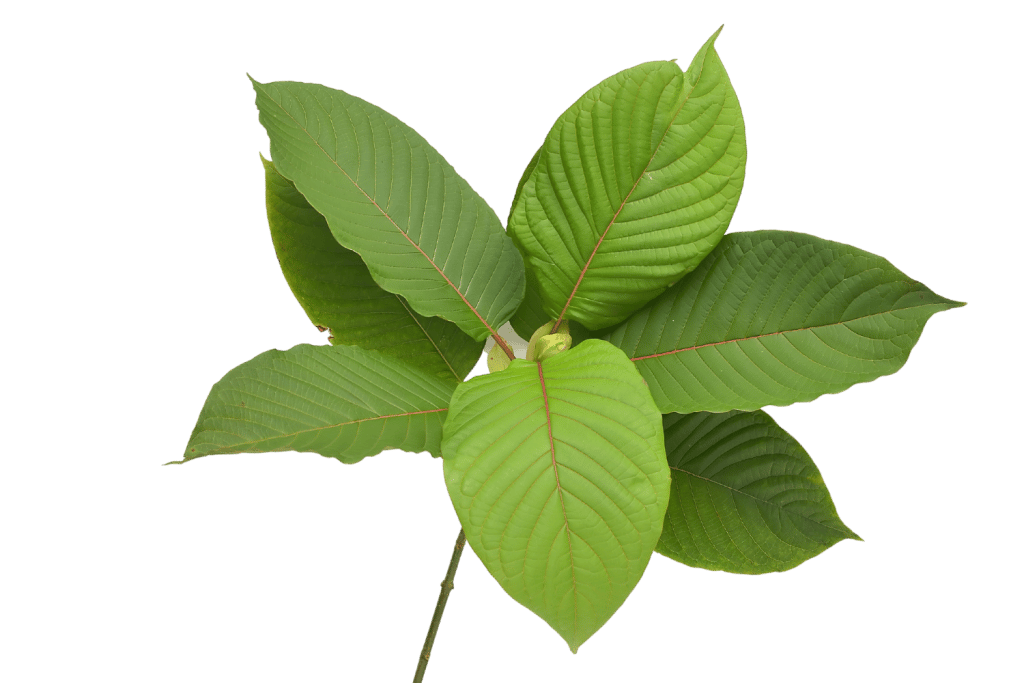
What Is The Proper Dose Of Kratom?
The optimal dose of kratom depends on many factors, e.g., your body weight, the effects you are looking for, and the degree of tolerance. You may use kratom dose calculators and charts from reliable sources on the internet. Basically, low doses of kratom are stimulatory and high doses are sedative.
A dose from 2 to 12 grams per day is considered tolerable. It’s important to start with a small amount and increase slowly to avoid side effects as much as possible.
What Are The Side Effects Of Kratom?
Yes, the most common side effects of kratom include headaches and nausea. These symptoms are usually an indication you’ve taken too much.
Serious side effects are rare when using kratom responsibly in a dose that works well for your body individually.
Some of the side effects reported for kratom include [9]:
- Anxiety
- Constipation
- Dizziness
- Fast pulse rate
- Fatigue
- Headaches
- Heart palpitations
- Hypertension
- Nausea & vomiting

What Are The Different Types Of Kratom?
There are more than 75 individual subtypes of Mitragyna speciosa. Each type is called a “strain.”
Each kratom strain is differentiated by its alkaloid profiles. These alkaloids interact differently in the body to produce distinct effects and characteristics. A
Strains are broken down first by the color — which refers to the color of the leaf vein. Each color has various subtypes depending on the plant and where it was grown. For example, White Vietnam Kratom is made by minimally processing the fresh leaves of kratom grown in Vietnam. This is distinctly different from something like Red Thai Kratom, which involves more heavily processed leaves from plants grown in Thailand.
Kratom strains break down into four primary categories:
- White Vein Kratom — White vein kratom has leaves with a white mid-vein. Due to the abundance of mitragynine, this type of kratom has energy-boosting properties and improves focus, concentration, and mood.
- Red Vein Kratom — Red vein kratom has a red vein in the middle of the leaves and has the highest concentration of 7-hydroxymitragynine. Thus, it is the most potent and used for its calming and sedating effects.
- Green Vein Kratom — Leaves of green vein kratom have a green vein in the middle and have stimulating and sedating properties. It can improve mood mildly without causing significant sedation when used in regular doses.
- Yellow Vein Kratom — Yellow vein kratom has a yellow-colored vein in the middle of a leaf. Yellow vein kratom is a derivative of green vein kratom after fermentation. Its effects are similar to green vein kratom, but they are long-lasting.

Key Takeaways: Don’t Mix Kratom with Amitriptyline
Kratom and amitriptyline have a moderate to high risk of interactions — some of which can be severe.
Both substances interact with the same receptors, leading to a risk of overactivation and increased side effects. Additionally, both kratom and amitriptyline are metabolized by similar liver enzymes. This may lead to an increased risk of side effects with repeated use.
In general, it’s wise to avoid using kratom if you’ve been prescribed any tricyclic antidepressants — including but not limited to amitriptyline.
- Johnson, L. E., Balyan, L., Magdalany, A., Saeed, F., Salinas, R., Wallace, S., Veltri, C. A., Swogger, M. T., Walsh, Z., & Grundmann, O. (2020). Focus: Plant-based Medicine and Pharmacology: The Potential for Kratom as an Antidepressant and Antipsychotic. The Yale Journal of Biology and Medicine, 93(2), 283.
- Thour, A., & Marwaha, R. (2022). Amitriptyline. XPharm: The Comprehensive Pharmacology Reference, 1–6.
- Ya, K., Tangamornsuksan, W., Scholfield, C. N., Methaneethorn, J., & Lohitnavy, M. (2019). Pharmacokinetics of mitragynine, a major analgesic alkaloid in kratom (Mitragyna speciosa): A systematic review. Asian Journal of Psychiatry, 43, 73–82.
- Bryson, H. M., & Wilde, M. I. (2012). Amitriptyline. Drugs & Aging 1996 8:6, 8(6), 459–476.
- Charney, D. S., Heninger, G. R., & Sternberg, D. E. (1984). Serotonin function and mechanism of action of antidepressant treatment: effects of amitriptyline and desipramine. Archives of General Psychiatry, 41(4), 359-365.
- Cinosi, E., Martinotti, G., Simonato, P., Singh, D., Demetrovics, Z., Roman-Urrestarazu, A., Bersani, F. S., Vicknasingam, B., Piazzon, G., Li, J. H., Yu, W. J., Kapitány-Fövény, M., Farkas, J., di Giannantonio, M., & Corazza, O. (2015). Following “the Roots” of Kratom (Mitragyna speciosa): The Evolution of an Enhancer from a Traditional Use to Increase Work and Productivity in Southeast Asia to a Recreational Psychoactive Drug in Western Countries. BioMed Research International, 2015.
- Obeng, S., Wilkerson, J. L., León, F., Reeves, M. E., Restrepo, L. F., Gamez-Jimenez, L. R., Patel, A., Pennington, A. E., Taylor, V. A., Ho, N. P., Braun, T., Fortner, J. D., Crowley, M. L., Williamson, M. R., Pallares, V. L. C., Mottinelli, M., Lopera-Londoño, C., McCurdy, C. R., McMahon, L. R., & Hiranita, T. (2021). Pharmacological Comparison of Mitragynine and 7-Hydroxymitragynine: In Vitro Affinity and Efficacy for μ-Opioid Receptor and Opioid-Like Behavioral Effects in Rats. Journal of Pharmacology and Experimental Therapeutics, 376(3), 410–427.
- Singh, D., Narayanan, S., & Vicknasingam, B. (2016). Traditional and non-traditional uses of Mitragynine (Kratom): A survey of the literature. Brain Research Bulletin, 126, 41–46.
- White, C. M. (2018). Pharmacologic and clinical assessment of kratom. American Journal of Health-System Pharmacy, 75(5), 261–267.



